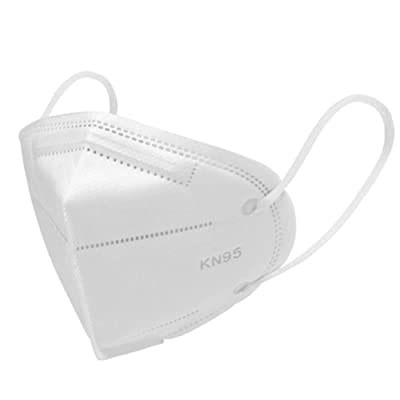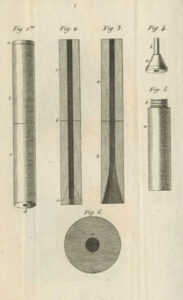What’s the Difference Between N95 Masks and KN95 Masks?

An Article by Tim Chan in rollingstone.com (W: https://www.rollingstone.com/)
They have similar-looking names but are held to entirely different standards. Here’s what to know before purchasing a mask online.
The rise in coronavirus cases across the country has led to a rise in companies making face masks, as government officials continue to promote the wearing of face coverings as an effective way to prevent the spread of Covid-19. While there are a number of different options available, from lightweight face masks for running to more stylish picks, a new report says the most effective face masks are a protective N95 mask.
Also sometimes referred to as N95 respirators, these masks are not to be confused with KN95 masks, which have a similar name, but are held to entirely different standards. Here’s what you need to know.
N95 Masks vs. KN95 Masks: Similarities and Differences
Both N95 masks and KN95 masks are made from multiple layers of synthetic material (typically a polypropylene plastic polymer) and are designed to be worn over the mouth and nose. Straps behind your ear help to hold the mask in place. Both masks must filter out and capture 95 percent of tiny 0.3 micron particles in the air (hence the “95” in the names).
The main difference lies in how the masks are certified. “In general,” says Sean Kelly, founder of New Jersey-based PPE of America, “N95 is the U.S. standard, and the KN95 is the China standard.” Because of this, only N95 masks are approved for health-care use in the United States, even though KN95 masks have many of the same protective properties.
N95 masks must pass a rigorous inspection and certification process from the National Institute for Occupational Safety and Health (NIOSH), which is part of the CDC. Companies making KN95 masks, meanwhile, can seek approval from the FDA, through an emergency authorization for a foreign certification which meets the 95 percent filtration requirement. The FDA says the manufacturer of KN95 masks must also provide documentation that the masks and materials used are authentic.
According to Kelly, whose company was among those tapped by Connecticut lawmakers to provide personal protective equipment to frontline workers in the state, certification of KN95 masks include a requirement on “fit testing,” which tests the air inside and outside of the mask, as well as how the mask fits around your face. The N95 masks do not have these requirements to meet their standard. Still, he says, “N95 mask requirements are a bit more stringent regarding the pressure drop in the mask during breathing in, which makes the N95 more breathable than most KN95 masks. The N95 masks have similar requirements for exhaling. These requirements,” Kelly says, “make the N95 mask a bit more advanced with the overall breathability for users.”
Keep in mind, the certifications mentioned above only refer to the country in which the standards and regulations were created, not where the masks are made. Most N95 masks are still made in China. Similarly, the CDC has authorized the use of KN95 masks as a suitable alternative to N95 masks for its response to Covid-19.





